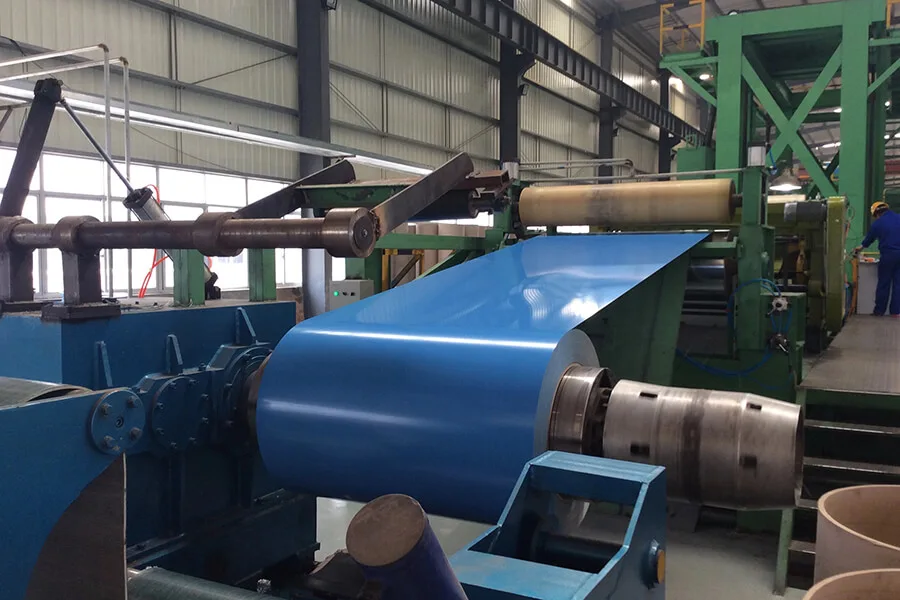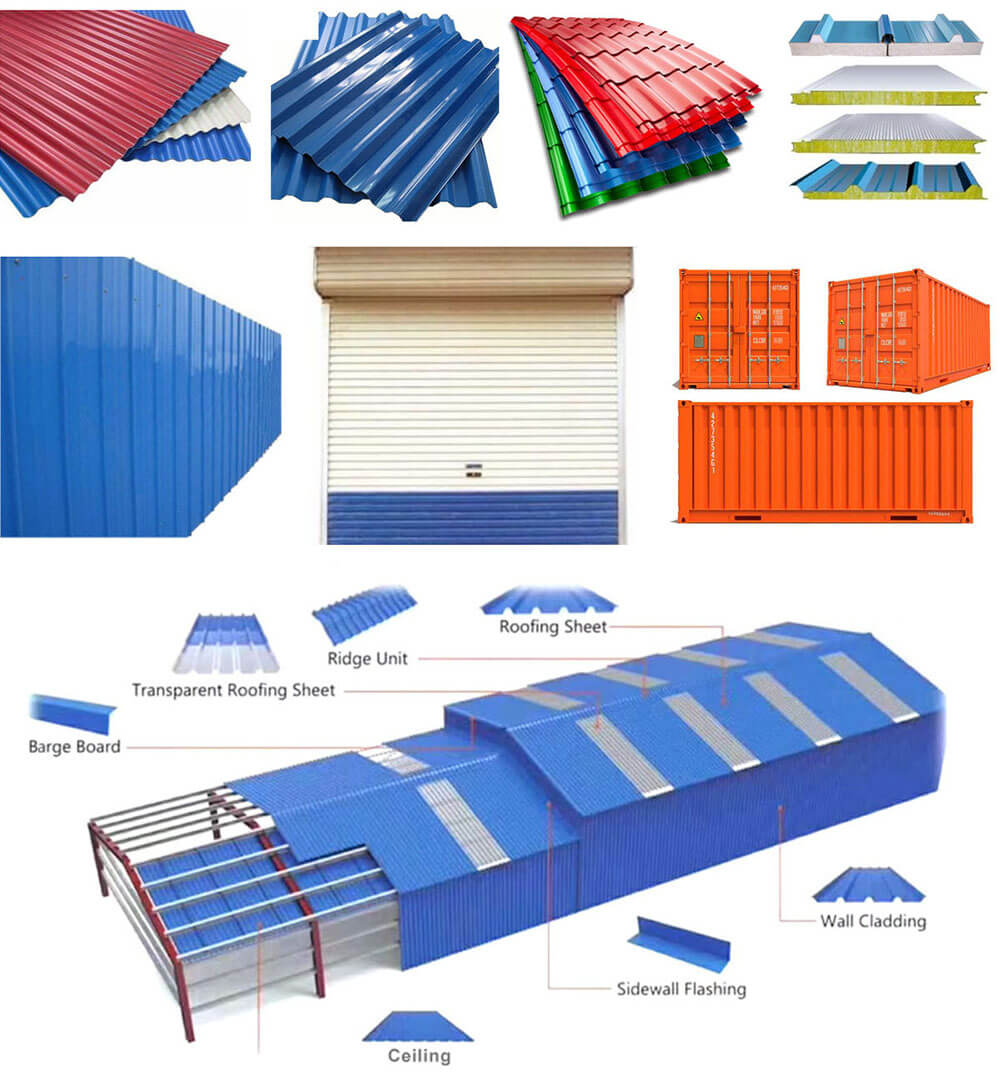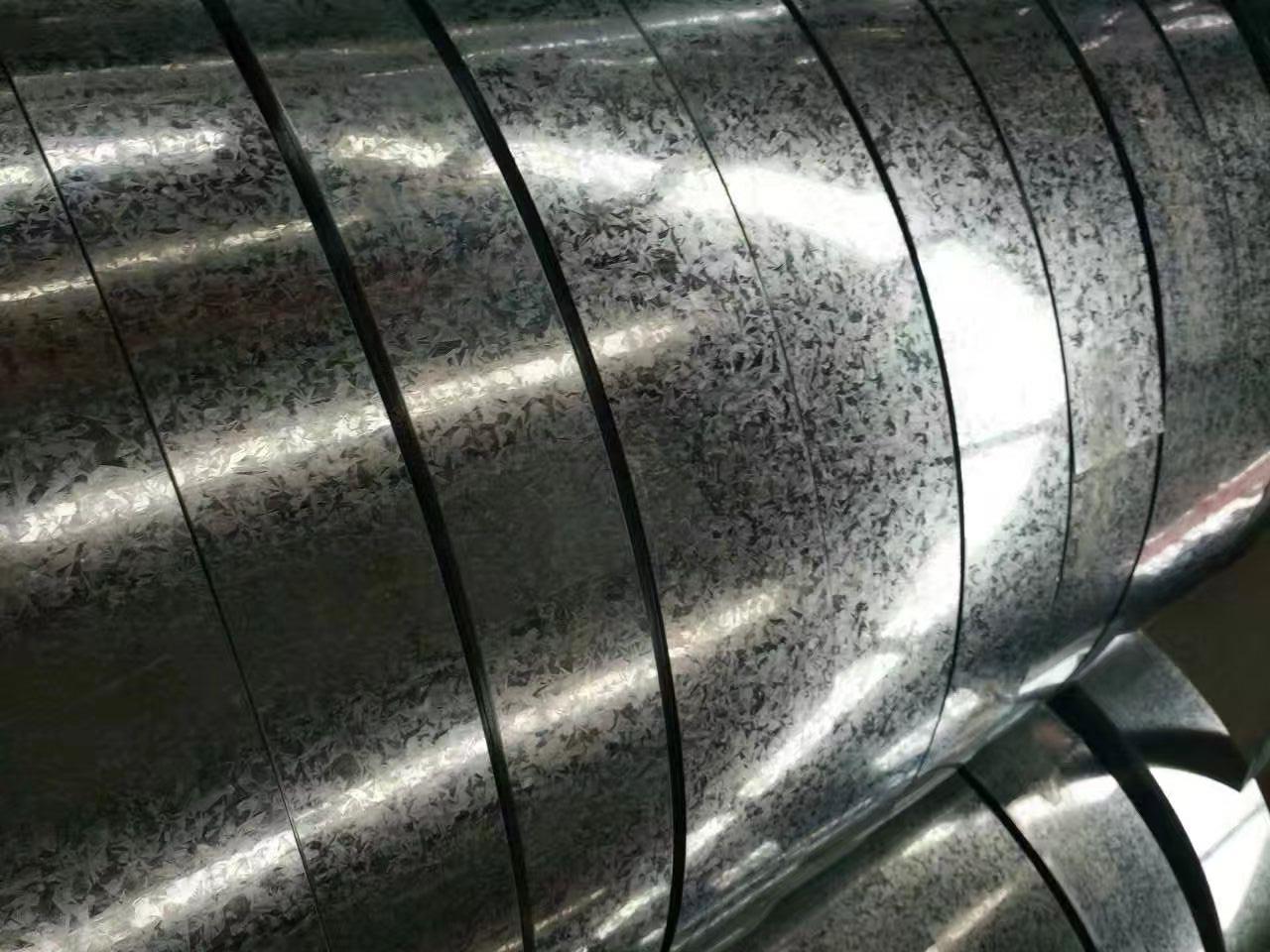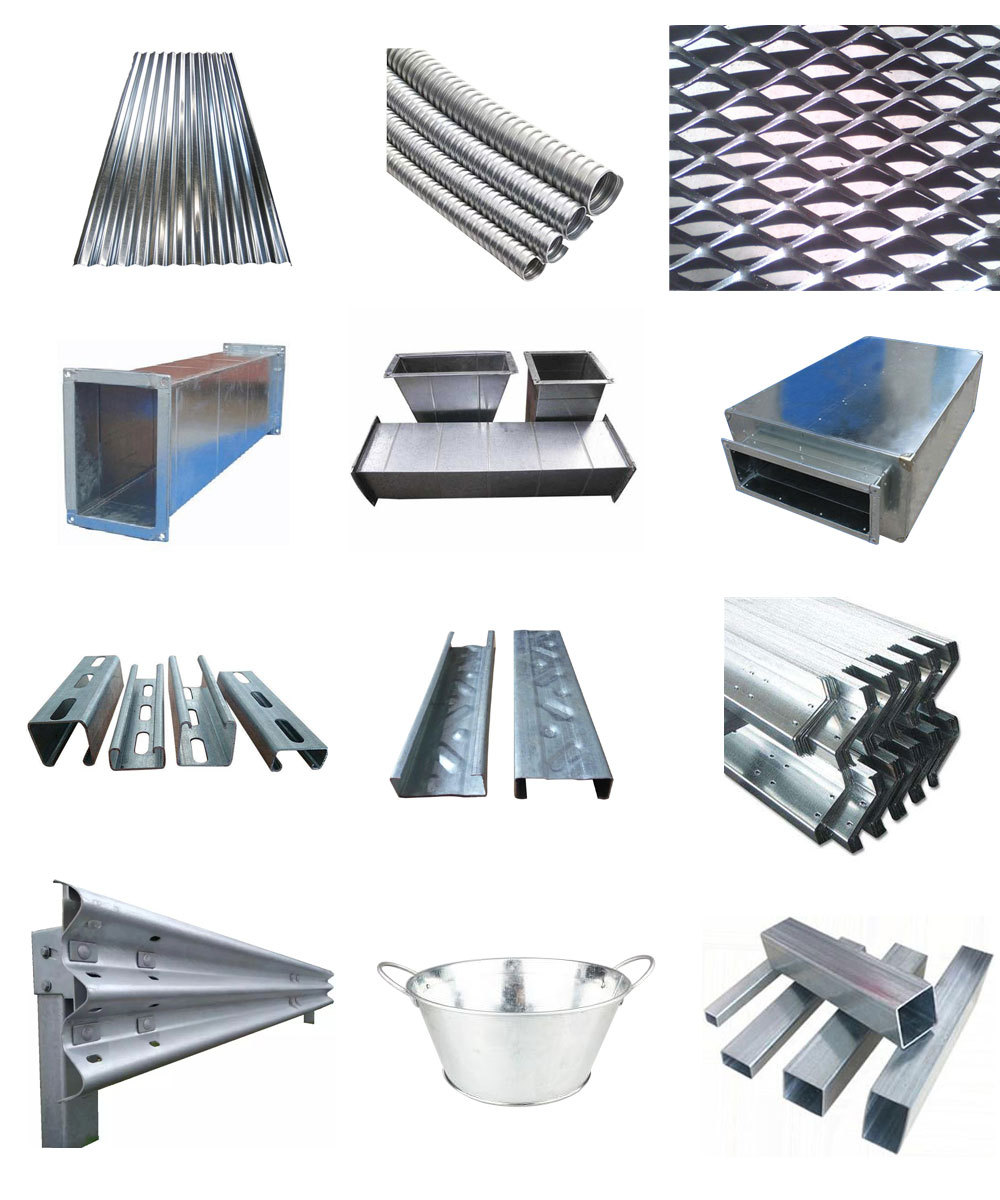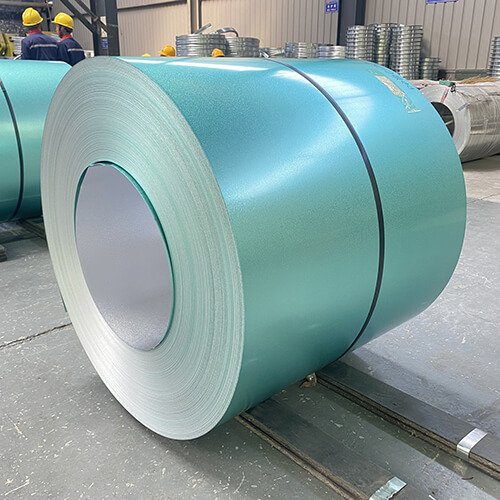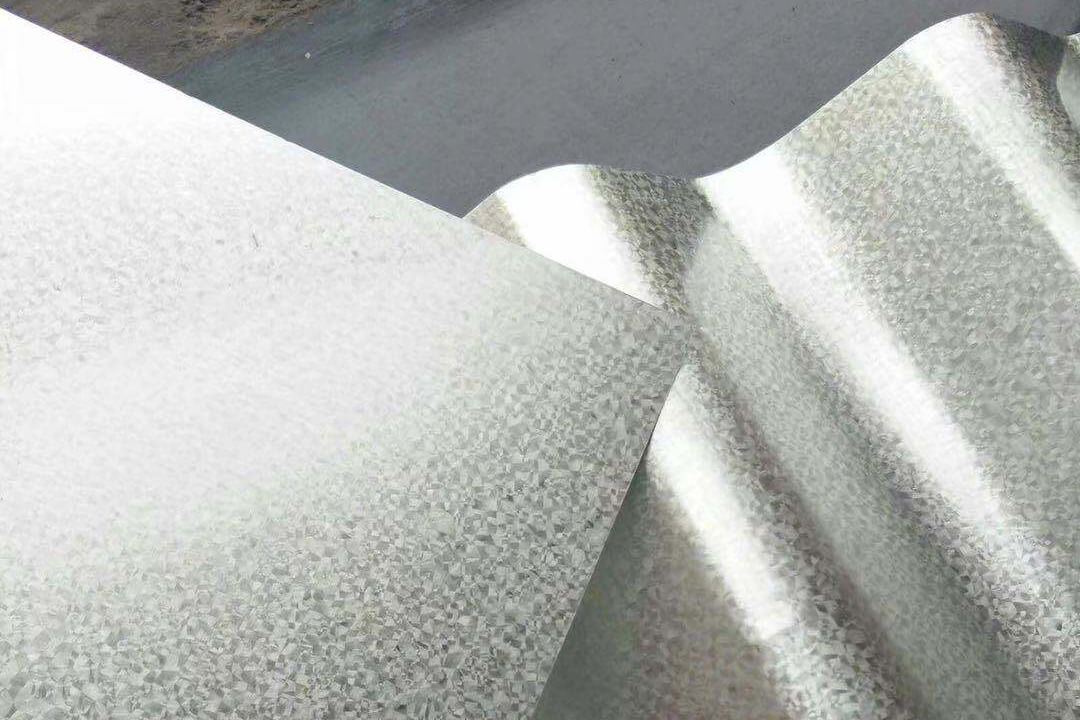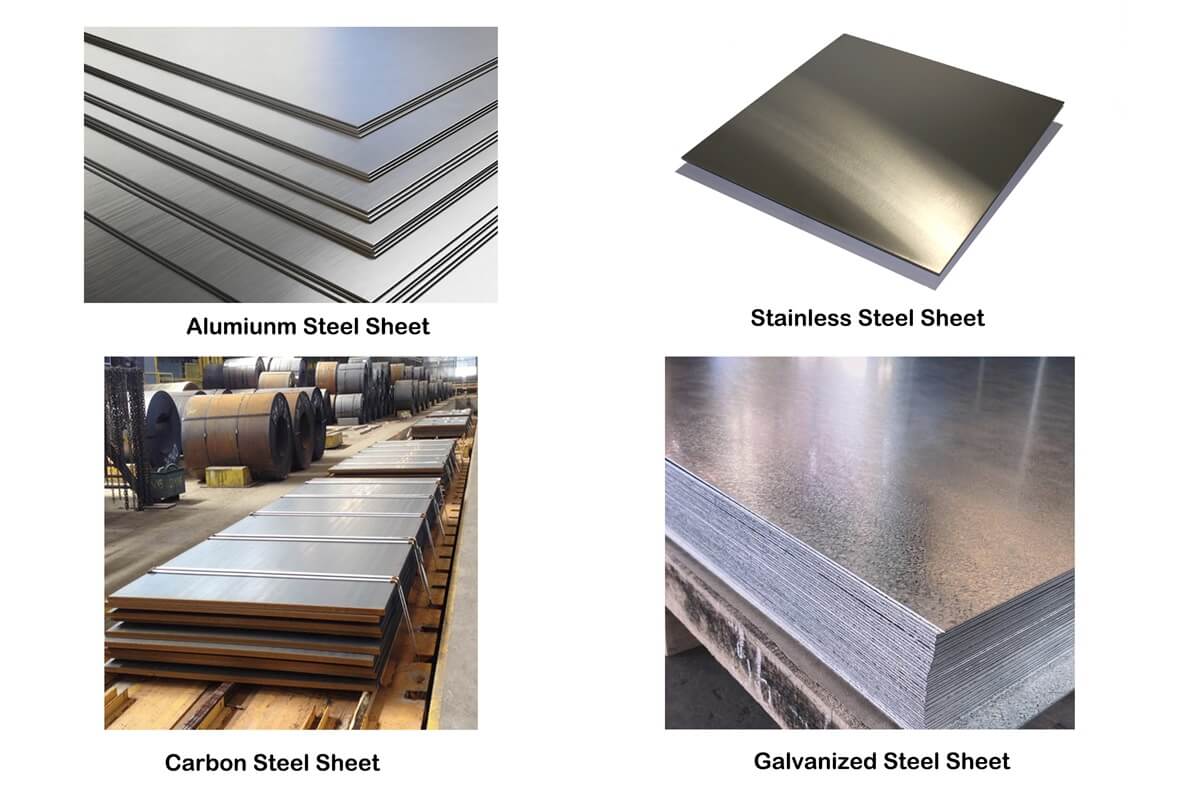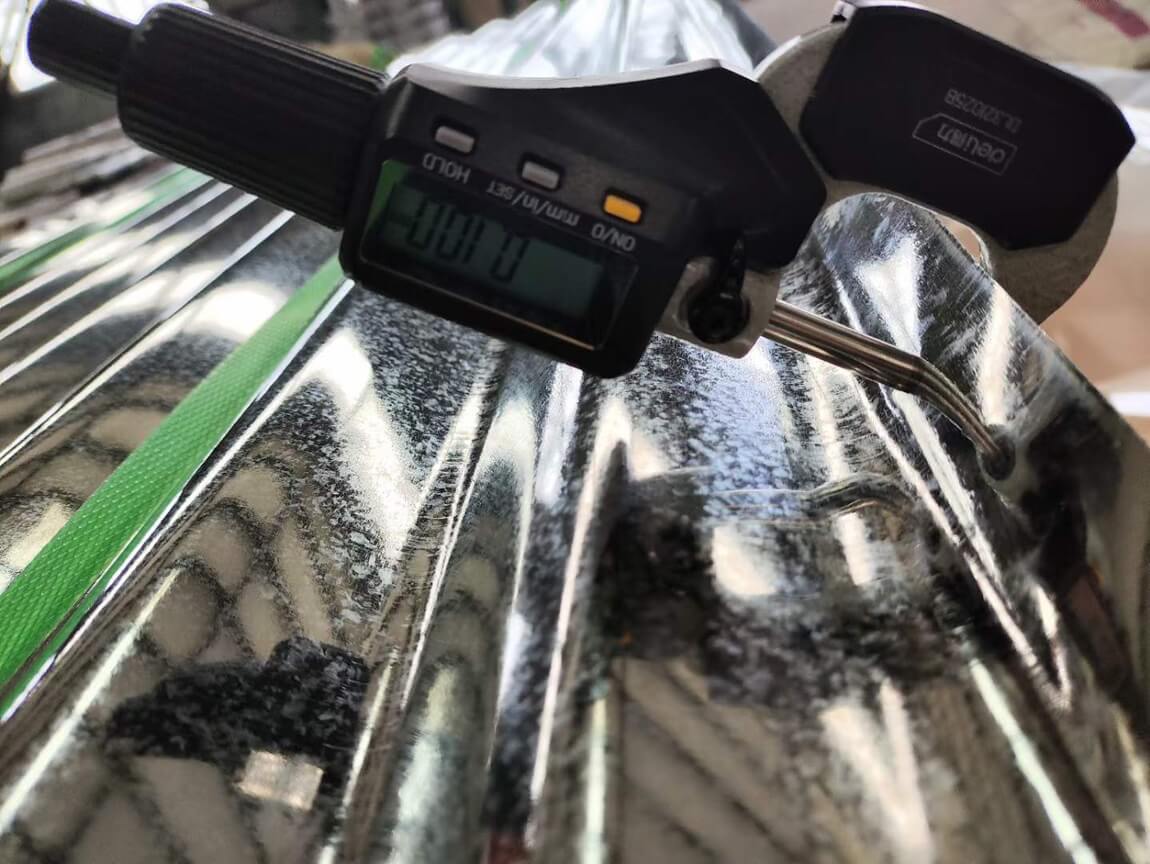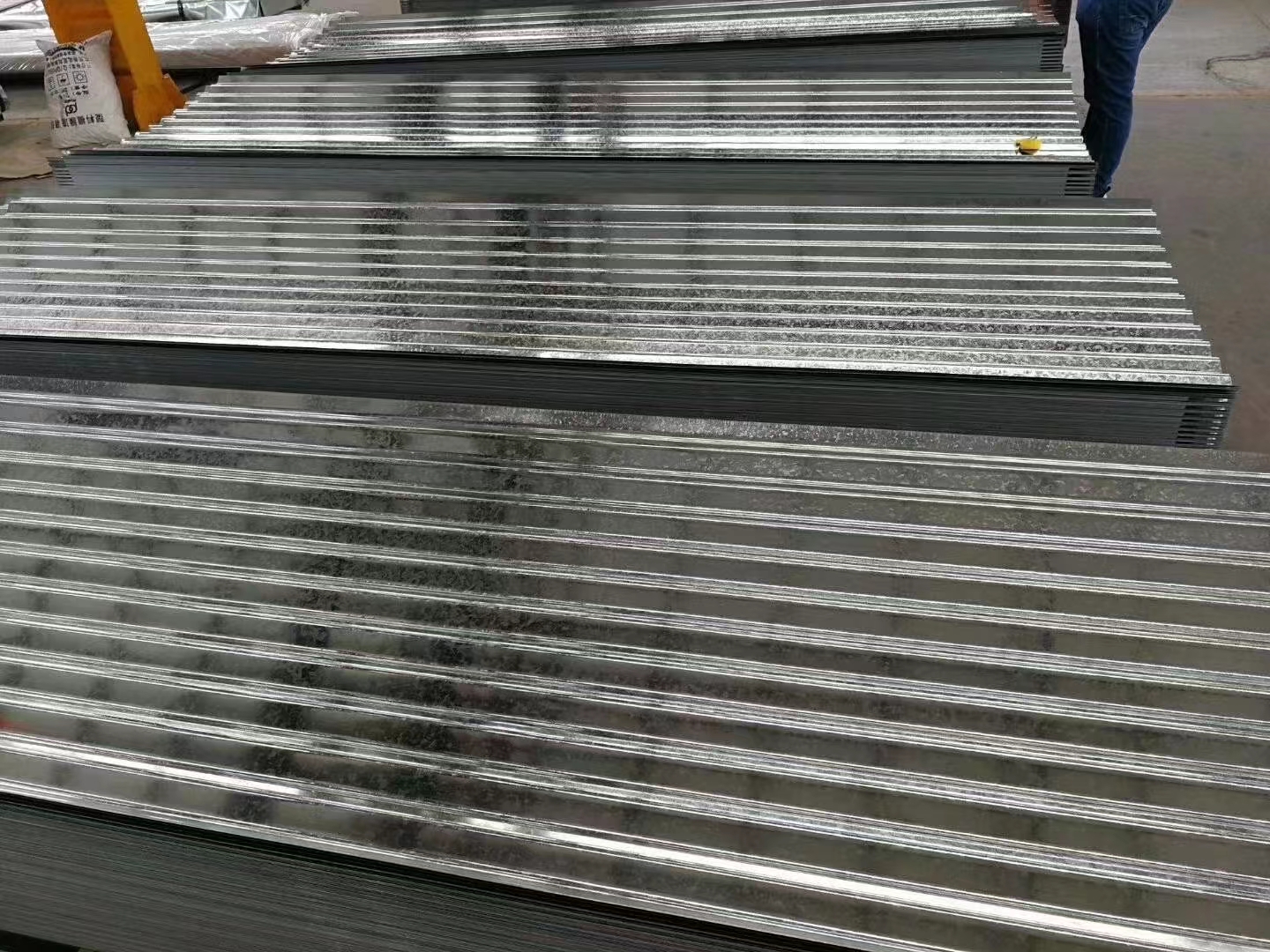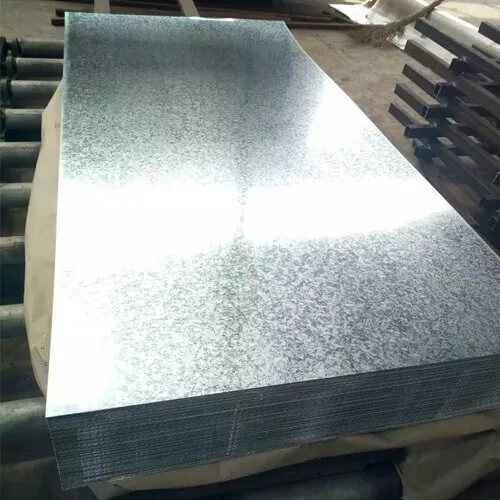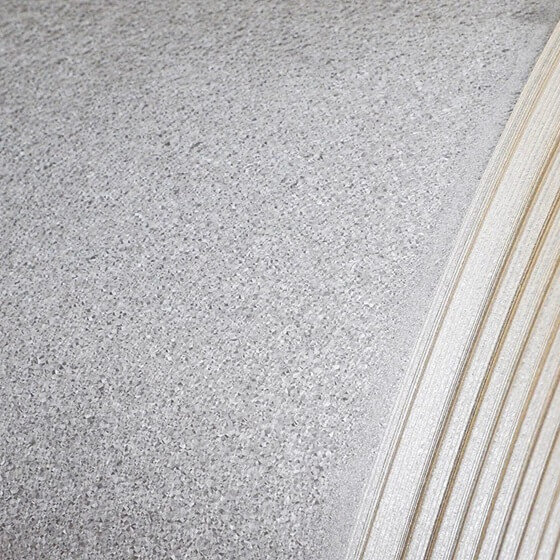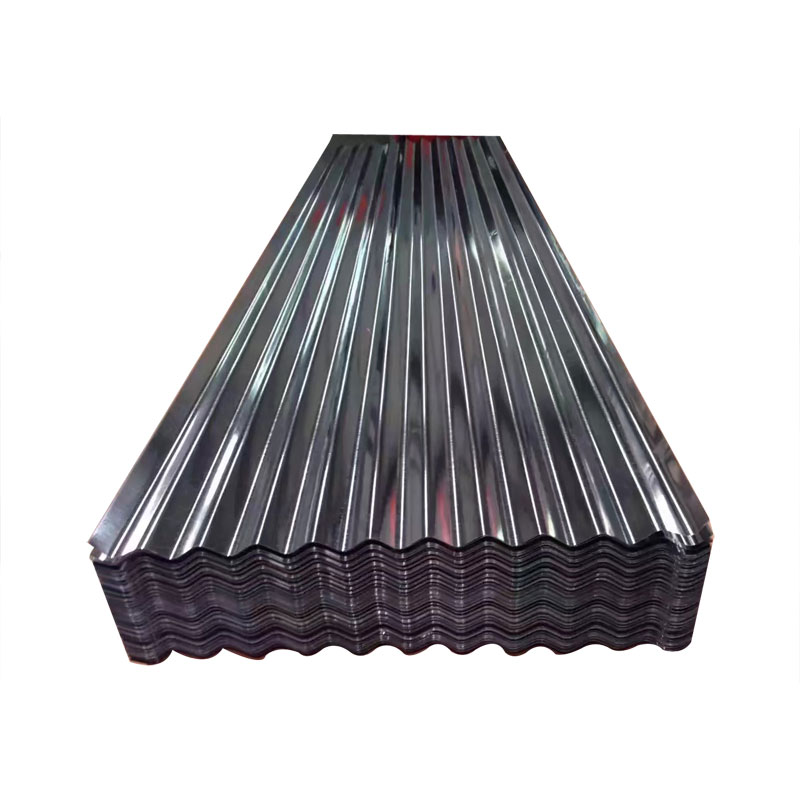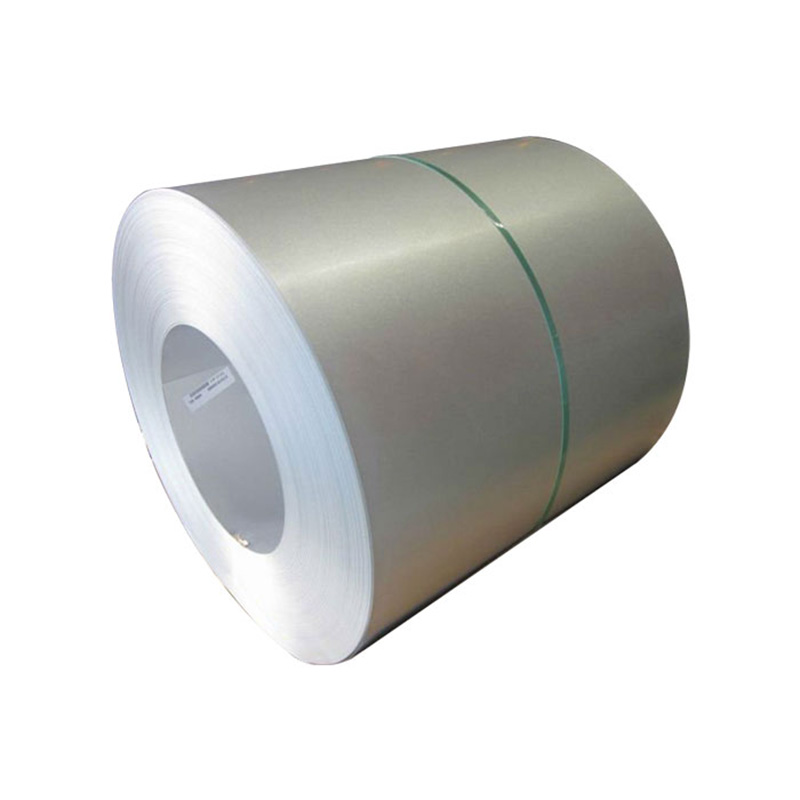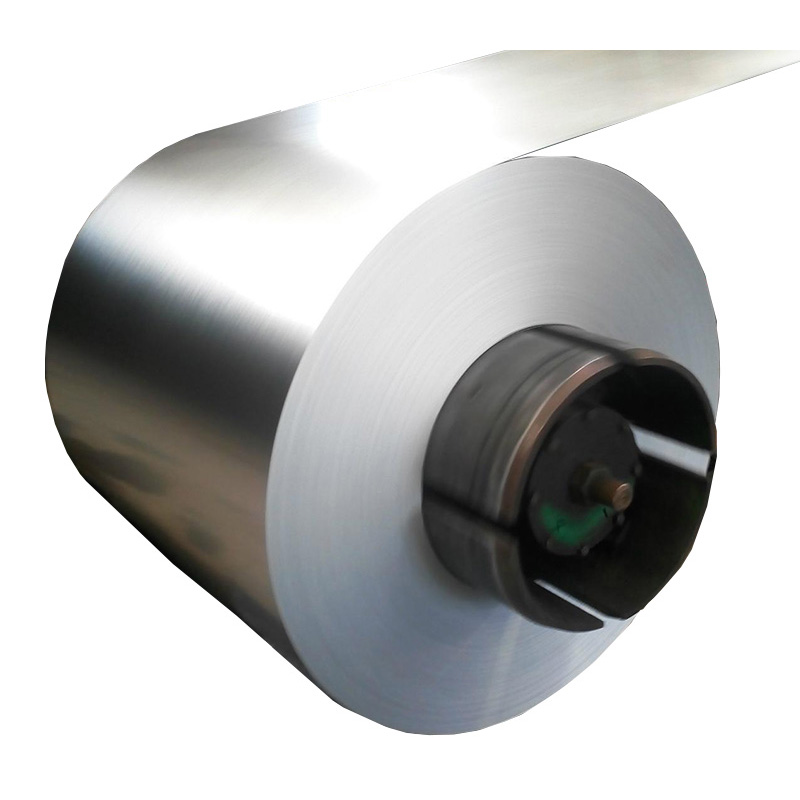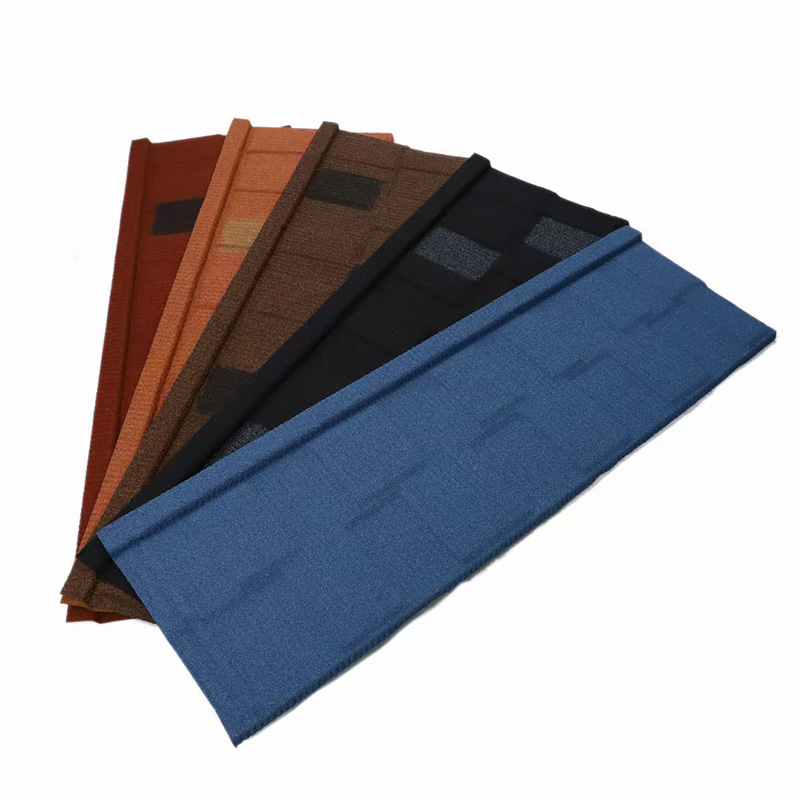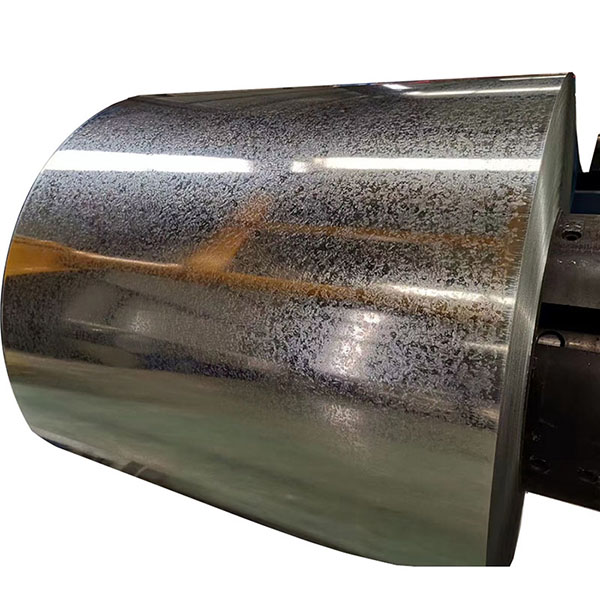Introduction (Types Of Steel Coils)
Steel is one of the most indispensable materials used in various industries, thanks to its strength, versatility, and durability. Within the steel industry, a range of products comes in the form of coils, which are essential for manufacturing many of the things we rely on daily.
Among these, the PPGI coil, galvanized steel coil, and Aluzinc coils stand out due to their widespread use. Understanding the differences between these types of coils and their applications can help businesses make informed decisions when sourcing these materials.
What is PPGI Coil? And it’s application
PPGI coil stands for Pre-Painted Galvanized Iron Coil. It refers to steel coils that have undergone a galvanization process to coat the steel sheet with zinc, followed by a layer of paint. The combination of zinc and paint offers superior protection against corrosion, making PPGI coils ideal for environments where the material will be exposed to harsh weather conditions or moisture.
The process of creating PPGI coils begins with galvanized steel sheets that are then coated with a layer of paint using advanced technology. This results in a steel coil with a smooth, visually appealing surface and excellent durability.
Applications of PPGI Coils
PPGI coils are highly versatile and are used in a wide range of industries. Some of the most common applications include:
- Roofing Sheets: PPGI coils are widely used in the production of roofing sheets. The paint coating adds aesthetic value and protects the metal from rusting and fading, extending the lifespan of the roof.
- Construction and Infrastructure: PPGI coils are often used in the construction of buildings, walls, and fences. The ability to withstand harsh environmental conditions makes PPGI coils an excellent choice for both residential and commercial structures.
- Automotive Industry: Many vehicle parts, including body panels and interiors, are made using PPGI coils. The combination of a durable surface and ease of customization makes it a favorite for manufacturers in the automotive sector.
GI Sheet Coil And it’s application
The term GI Sheet Coil refers to Galvanized Iron Coil. Galvanization is a process where steel is coated with a layer of zinc to prevent rust and corrosion. In this process, steel sheets are dipped into molten zinc or subjected to a hot-dip galvanizing process, which allows the steel to absorb the zinc coating.
The result is a strong, corrosion-resistant coil that maintains its integrity even in environments prone to moisture. Galvanized iron coils are generally considered more affordable than other types of coated coils, making them an attractive option for applications where corrosion resistance is a priority but where additional coatings, like paint, are unnecessary.
Applications of GI Sheet Coils
GI coils are used in various sectors, including:
- Construction: GI sheet coils are commonly used for the construction of roofs, siding, and other parts of buildings, particularly in areas with high humidity.
- Home Appliances: These coils are often found in refrigerators, washing machines, and other home appliances that require corrosion resistance but do not need to be painted.
- Fencing: GI coils are also used in making fences due to their cost-effectiveness and ability to resist rust.
What is an Aluzinc Coil? And it’s application
An Aluzinc coil is made from a steel coil that is coated with an alloy of aluminum and zinc. This coating, which typically consists of 55% aluminum, 43.4% zinc, and 1.6% silicon, offers superior corrosion resistance compared to traditional galvanized coatings. The Aluzinc coil is known for its durability and strength in highly corrosive environments, especially when compared to galvanized or PPGI coils.
The Aluzinc coating provides excellent protection against corrosion, especially in environments where both moisture and heat are prevalent. The material’s heat resistance and durability make it an excellent choice for roofing materials, industrial structures, and more.
Applications of Aluzinc Coils
Aluzinc coils have a wide array of uses:
- Roofing: Aluzinc-coated coils are particularly popular for roofing materials in areas with high temperatures and humidity.
- Automotive Industry: Aluzinc is often used for making automotive parts exposed to high heat, such as engine components and other structural parts.
- Home Appliances: Similar to galvanized steel, Aluzinc is used in appliances like refrigerators and washing machines, especially for those exposed to moisture.
Comparing PPGI, GI, and Aluzinc Coils
While PPGI, GI, and Aluzinc coils each provide corrosion resistance and durability, they differ in several ways:
- Corrosion Resistance: Aluzinc coils offer the highest level of corrosion resistance due to the combination of aluminum and zinc, while GI coils have lower resistance compared to PPGI coils due to the absence of a paint coating.
- Aesthetic Appeal: PPGI coils come with a painted surface that adds both visual appeal and additional protection. This makes PPGI the preferred choice for industries where appearance matters, such as in the construction of roofs and walls.
- Cost: GI coils are typically the most cost-effective option since they only undergo a zinc coating process. Aluzinc coils tend to be more expensive, but they provide superior durability and resistance, making them ideal for harsh environments.
Why Choose PPGI Coils over others?
PPGI coils offer several advantages that make them a preferred material for many industries:
- Durability: The combination of galvanized steel and paint offers excellent protection from corrosion, ensuring that products made from PPGI coils will last longer.
- Aesthetic Appeal: With a variety of paint colors available, PPGI coils can be used in applications where the visual aspect is important, such as in roofing and wall panels.
- Cost-Effectiveness: While slightly more expensive than GI coils, PPGI coils provide a great balance of cost and performance, making them suitable for a wide range of uses.
PPGI Coil Price
The price of PPGI coils depends on several factors, including the thickness of the steel, the quality of the paint, the size of the coil, and market demand. Generally, PPGI coils are more expensive than GI coils due to the additional process of painting and coating. However, they offer a higher level of protection and aesthetic value, making them a cost-effective choice in the long run, particularly for construction and automotive applications.
Conclusion
Understanding the differences between PPGI coil, GI sheet coil and Aluzinc coils is crucial for businesses and industries that rely on steel for manufacturing and construction. While each type of coil offers unique benefits, the choice largely depends on the intended application, environmental conditions, and budget constraints. Whether you need the corrosion resistance of galvanized coils, the visual appeal of PPGI coils, or the durability of Aluzinc coils, there’s a steel coil that meets your needs.
Choosing the right types of steel coils can ensure the longevity and performance of your products, making it a decision that is worth careful consideration. Keep these key differences in mind when out sourcing steel coils to get the best value for your projects.
Qingdao witop steel group are a leading Steel coil manufacturer and supplier in China. Along with other types of steel coils, Qingdao witop steel group has an advanced factory with two production lines of PPGI steel coil, which can manufacture ASTM A755/A755M, EN 10169 and JIS G 3312 standard.
Witop steel have a professional foreign trade sales and service team, which produces and exports steel coil according to the different technical requirements and business habits for clients.

